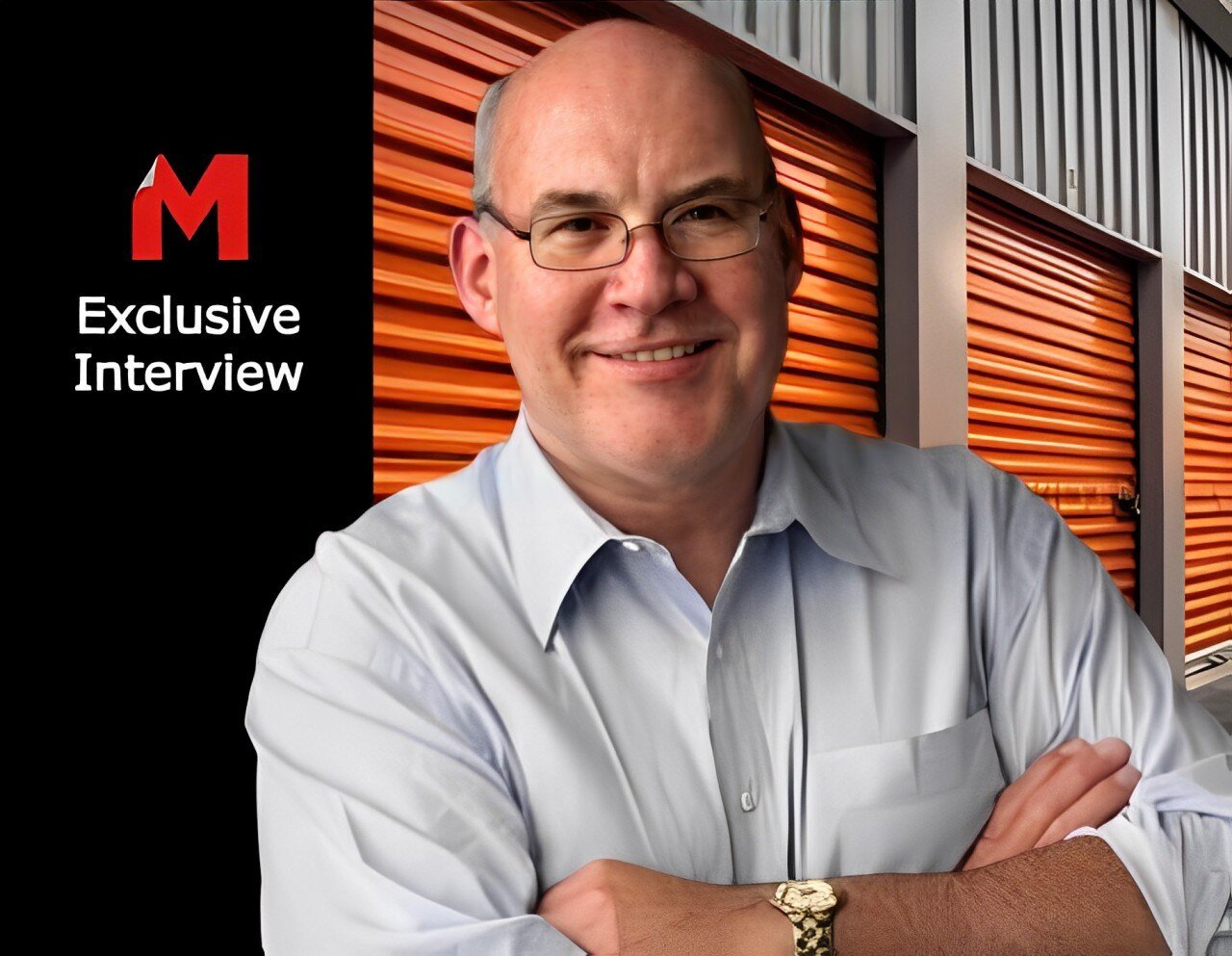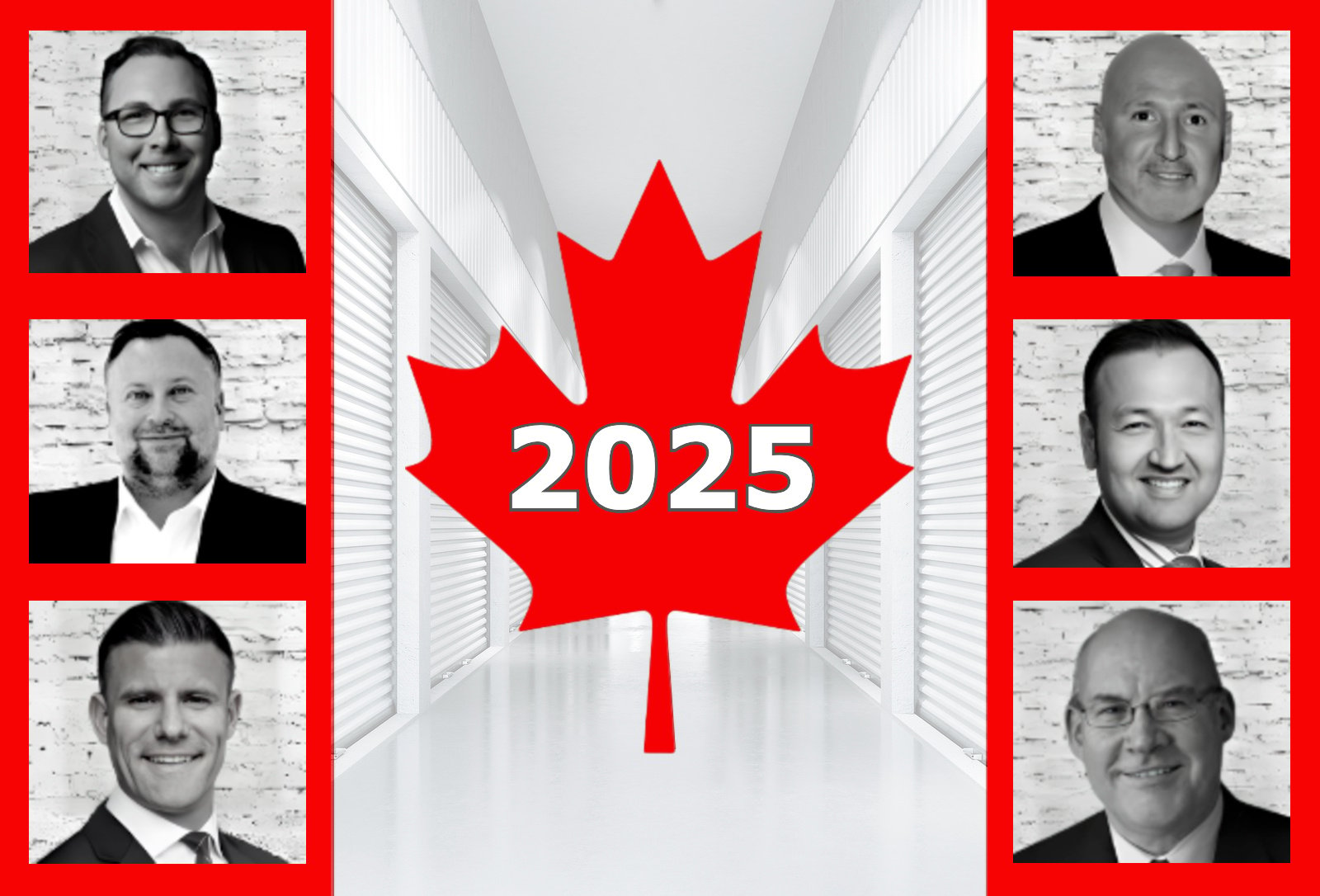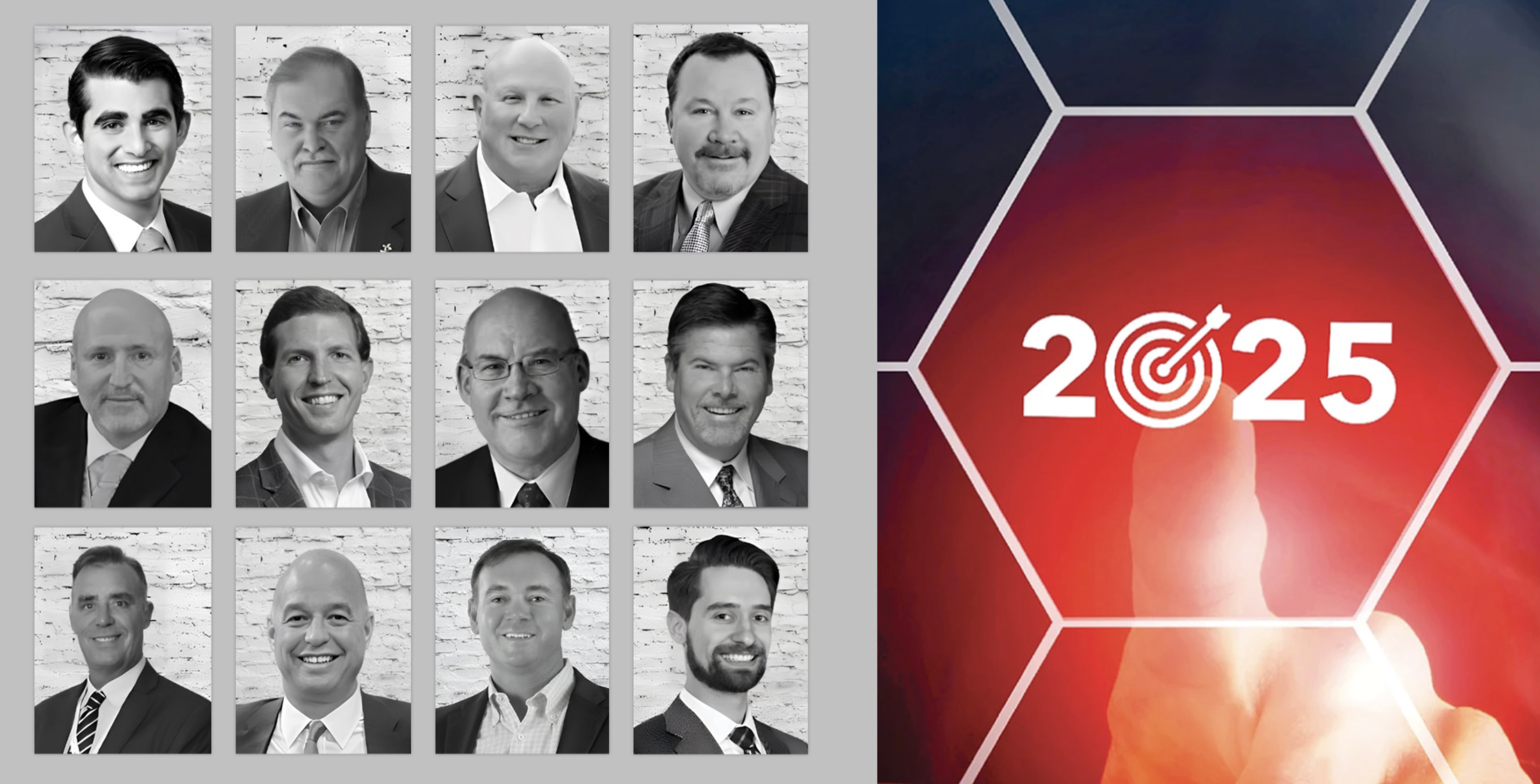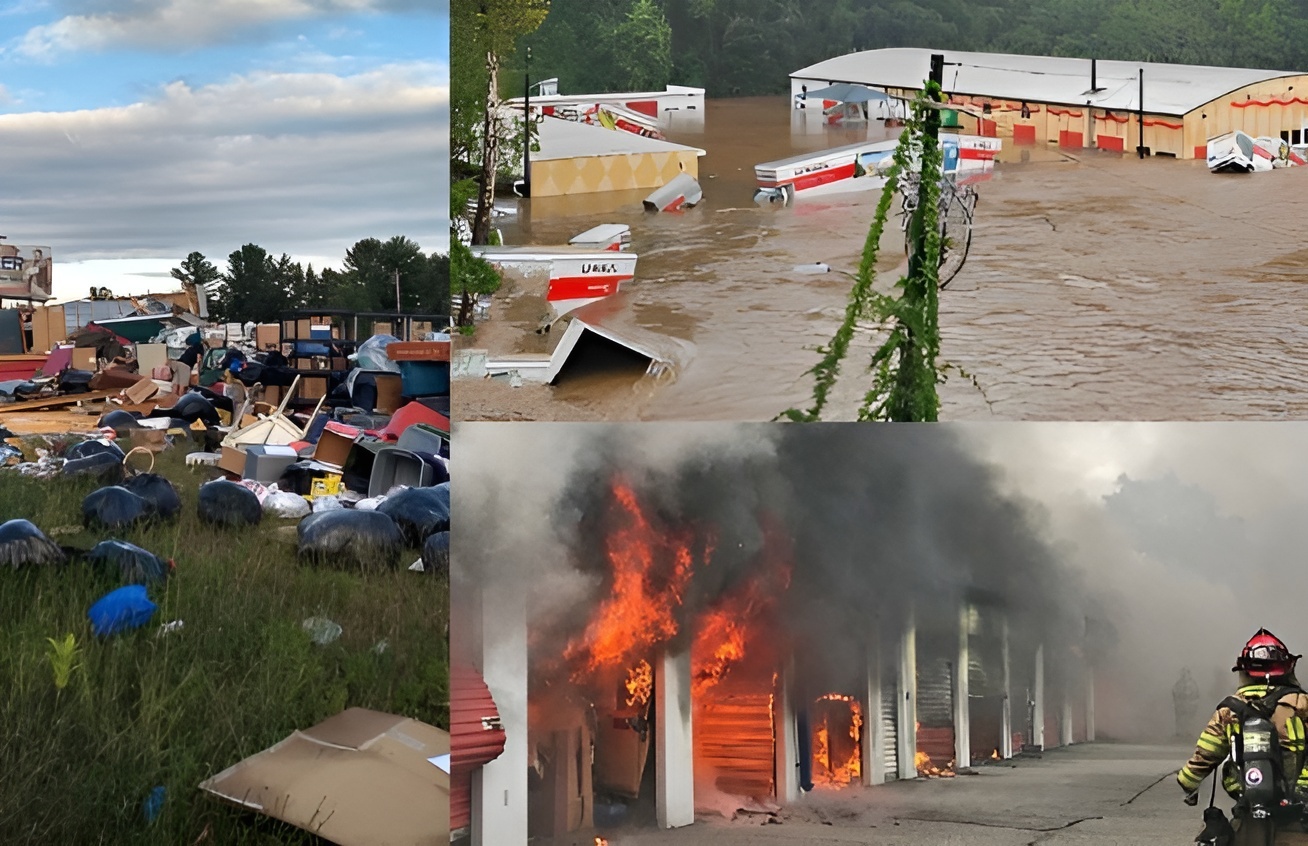Prospering While Managing Risk
As real estate and economic cycles go, things are usually fine, until they are not. The old adage “better to be a year early than a day late,” applies to such cycles. The self-storage sector has enjoyed tremendous success for the last few years, and a rising tide has lifted just about all of the boats. While we don’t want to miss out on the opportunities in front of us, how can we think about managing against the risks associated with the next bottom of a cycle and/or recession?
Key risks include rising interest rates, rising CAP rates, overbuilding in hot markets, and the impact of a recession on operational performance. At TCF, we have seen a trend where development projects are becoming tougher to pencil due to higher construction and entitlement costs, higher interest rates to test the projected NOI against, multiple development projects in the same submarket, and moderating rental rates. Sometimes the solution is more equity, thereby moderating the risk of defaulting on the debt down the road.
Speaking to oversaturation, I remember when we were working with experienced operators who emerged from the last recession in pretty decent shape, but they did have a few exceptions in their portfolios. In two specific cases, they each opened an 80,000-net-rentable-square-foot facility within a mile of another competitor’s newly built 80,000-net-rentable-square-foot facility. It was late 2007, going into 2008, and no one blinked. Sure, they all eventually stabilized, but one took five years and the other took six years to do so. The slow lease-up proved challenging for both the operators and their lenders.
It is important to look at the supply/demand characteristics of a submarket that appears ripe for development. Let’s say the submarket has excellent attributes, including below equilibrium supply. But what if rather than one or two facilities being built at nearly the same time in the three-mile radius, you have three or four? Logic would have it that the lease-up will be harder with more facilities facing off against each other at the same time. Add in an economic downturn (can you say loss of discretionary renter?), and you have a recipe for problems.
When financing value-add acquisitions or development, a key component is the right amount of equity. Given that most agree we have peaked in the current real estate cycle, more equity is prudent going forward. Be sure your loan structure accommodates a slower lease-up, higher interest rates, and higher CAP rates. This approach lowers refinance risk and default risk.
To find opportunities going forward, more scrubbing will be required, and ultimately rewarded. Be willing to pass on something that is too much of a stretch. Now is the time for greater patience.
As Mark Twain once said, “History doesn’t repeat itself, but it often rhymes.” By being pragmatic in our approach now, we can continue to prosper while also preparing for future inevitable challenges.
More Content
Popular Posts
The self storage industry is in a precarious...
Joe Shoen, CEO of U-Haul, has had enough.
Like its name implies, Surprise, Ariz., a...
Joe Shoen has had enough.
In a record-breaking deal finalized May 12,...
Senate Bill 709 (SB709) has many in the...
Donald Trump has just reclaimed the White...
The question of “abandonment” of stored...
Self-storage operators wear a lot of hats....
In 1992, Clinton strategist James Carville...
Recent Posts
When Neville Kennard left for a work trip to...
Self-storage software is no longer...
The self-storage industry continues to...
Fires in California. Tornadoes in Kansas....
From policy pivots in Ottawa to tariff...
Self-storage operators have struggled to...
Their signature red coats may draw attention...
Nailing down Josh and Melissa Huff for an...



















